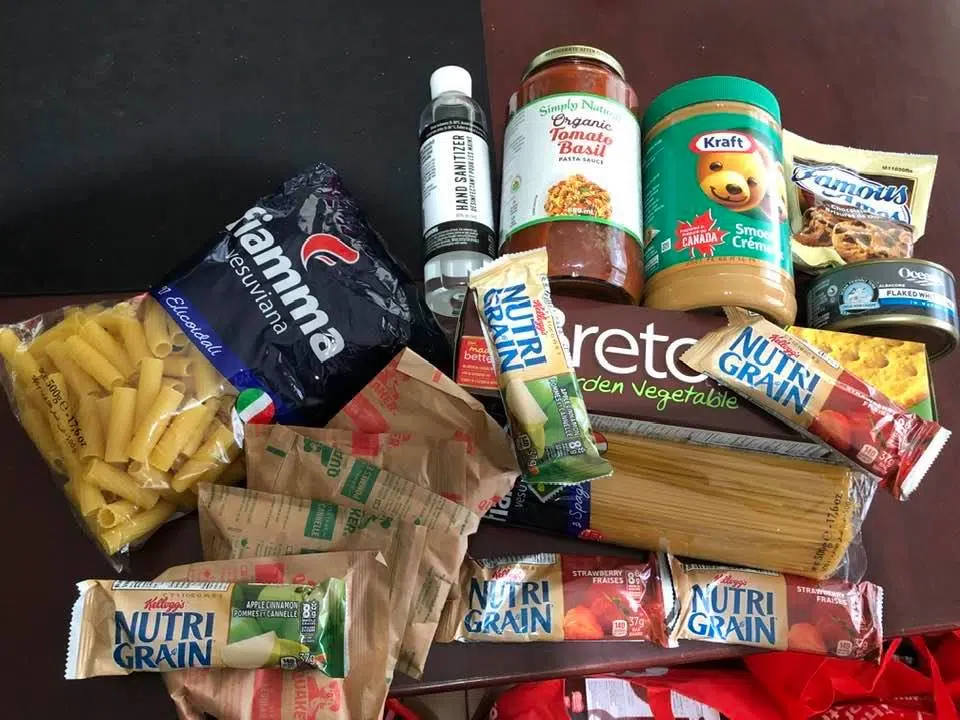
The United Way Bruce Grey has plans to visit local municipal councils as it continues to try and raise awareness about food insecurity in the region.
United Way Bruce Grey Food Security Coordinator Paul Wagennar says food insecurity in the region affects one in five people.
He defines food insecurity as skipping meals and not having any food in the home.
Wagennar says there is a lot of misinformation and misconceptions surrounding food insecurity in the area, but it is a massive problem.
He says food insecurity is a result of poverty and the lack of affordable and safe housing. He adds while the government says people should be spending between 30 to 40 per cent of income on housing, the cost of housing has sky rocketed and those in the middle class and under are finding they are spending 80 to 100 per cent of their income for a place to live.
Wagennar says at the beginning of the pandemic, the demand for community meal projects went up by 300 per cent and has only increased.
He adds last year, about 40,000 people in the area that used food organizations, this is out of a population of about 160,000 in Grey Bruce.
“When you think of people who would use a food bank, everyone has an image in their mind of who those people are, but they could be anyone on the street,” says Wagennar. “I was at a food bank in Paisley, a young gentleman was there who had a job as a heavy equipment operator and couldn’t find anyplace to live, so he was living in the park. He wouldn’t be who you would think would be using a food bank. We also had a senior, owns a very nice house just outside of Markdale. She had an emergency roof repair and thought other people needed help more than her, and she was eating cat food.”
Wagennar says food insecurity in the region has always been an issue, but became exasperated about 20 years ago when such things like Ontario Works were frozen or cut and the government stopped building affordable housing.
“The private industry has no incentive to build affordable housing and the definition really depends on who you speak to. Affordable housing, if you spend 30 to 40 per cent of your income on it, isn’t what’s being built in Grey Bruce,” says Wagennar.
Wagennar says currently the region has 22 food banks, eight food meal programs, which at the height of the pandemic reached 19, and was able to produce over 360,000 meals.
“What we are trying to do is make people aware of the size and scope of the issue in our communities, and when people are aware of it, the people of Grey Bruce are tremendous,” says Wagennar.
Wagennar adds to address food insecurity, what he would like to see is affordable and safe housing to allow people to work at the jobs that are available as minimum wage is not enough.
“People that are on OW or ODST (Ontario Disability Support Program), they can’t live on that, that is $1,163 a month and the average bachelor apartment in Owen Sound is running around $1,500 a month. So when people say ‘you need to budget,’ there is no way to budget $1,100 to have it stretch over $1,500, and that is just for housing,” says Wagennar.
He says the United Way is currently collaborating with local food organizations. He says as food banks have developed in isolation, the United Way is trying to collaborate with them and share ideas between organizations.
“The problem that a food bank in Paisley might have, would probably be the same problem that a food bank in Meaford has. So by bringing solutions together, and sharing resources, we are able to make a difference,” says Wagennar.





